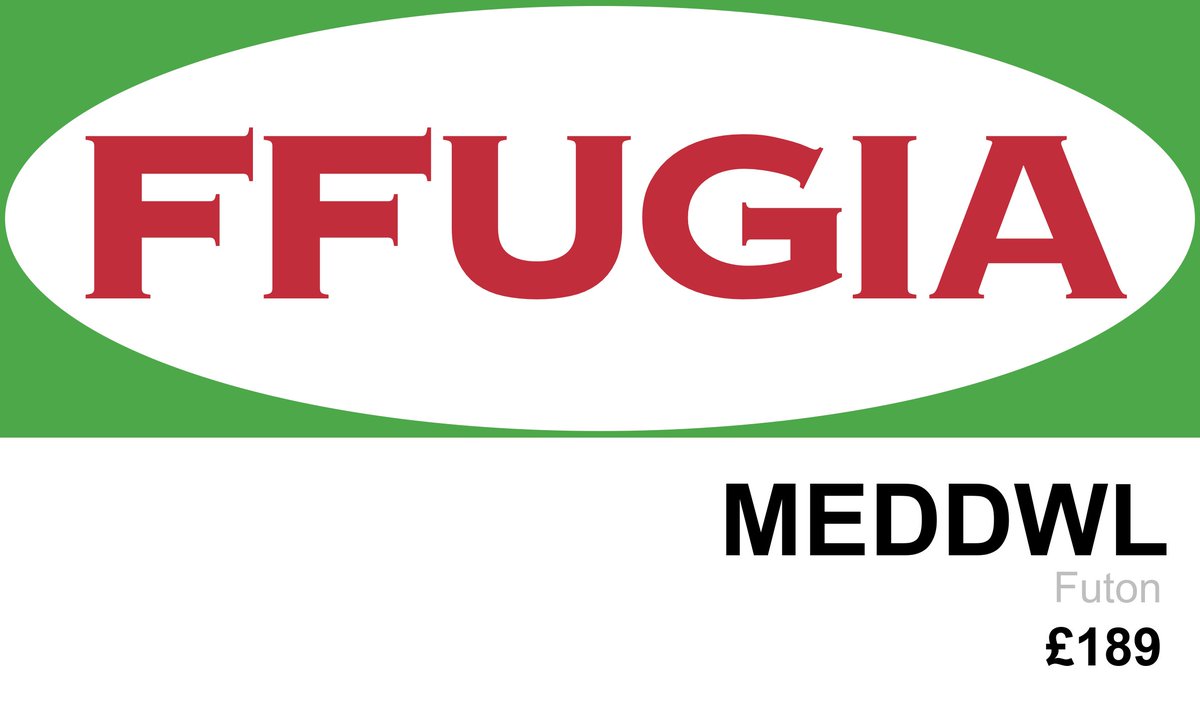After a quick ☕ break, we're back for the 2nd keynote, Katharina Rohlfing on gesture and language acquisition. #LingCologne
https://twitter.com/CCLS_unicologne/status/1136567687277137920
Deictic pointing gestures appear early in communication, reflect interactional skills and coordinated attention, and aid lexical acquisition.
#LingCologne
#LingCologne
Iconic gestures come later in the development. They are more complicated. What does the hand represent (object/handling) and from which perspective (observer/character). #LingCologne
Conventional gestures include headshakes and nods. Like deictic and iconic gestures, they convey and reinforce meaning. #LingCologne 

Two views of gesture:
— It aids speech
— It is itself part of grammatical structure
Is gesture epiphenomenal or not? #LingCologne
— It aids speech
— It is itself part of grammatical structure
Is gesture epiphenomenal or not? #LingCologne

Over time, there's synchronization happening in the child. Gesture and speech signals converge (co-occurring and prosodically aligning). #LingCologne 

Moving on to interpersonal synchronization. Already at 3 months old, there is coordination of eye gaze. #LingCologne 

Later, eye contact breaks more often, but joint attention interacts with vocabulary and deictic gestures in intersubjective communication. #LingCologne
Gesture matters to the speaker:
— engages motor system
— activates and manipulates spatio-motoric information for speaking and thinking
#LingCologne
— engages motor system
— activates and manipulates spatio-motoric information for speaking and thinking
#LingCologne

Gesture matters to the listener:
— listeners extract info from gestures and adjust their communication
— caregivers adjust to their children's linguistic skills
#LingCologne
— listeners extract info from gestures and adjust their communication
— caregivers adjust to their children's linguistic skills
#LingCologne

Something (welcome) we don't often see in keynotes: How do we practically and theoretically analyze gesture? Listing models by e.g. @ozyurek_a, @GestureSignLab, @sotarokita, and @mwalibali
#LingCologne
#LingCologne

• • •
Missing some Tweet in this thread? You can try to
force a refresh













